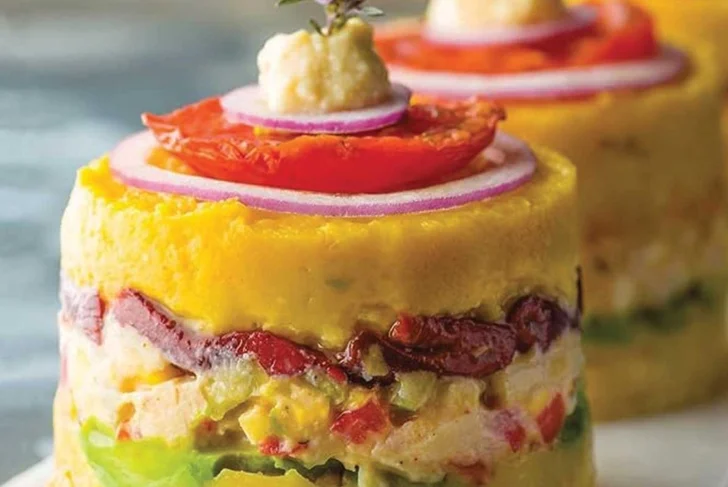Earth-Friendly Eating: How Changing Your Plate Can Change the Planet
By Cathy Katin-Grazzini
Photography by Giordano Katin-Grazzini
Excerpted and reimagined from Love the Foods That Love the Planet, with permission from Health Communications, Inc.
There’s something magical about discovering a new flavor, a fresh ingredient, or a dish that transports you halfway across the world. For Cathy Katin-Grazzini, food has always been a source of joy, curiosity, and connection. But in recent years, that passion has deepened into something even more meaningful—a mission to use food as a force for good.
As climate crises grow more urgent—with wildfires, droughts, and floods reshaping communities—Cathy began to question the role food plays in all of it. The deeper she dug into the facts, the clearer it became: what we eat has a profound impact on the planet.
A Wake-Up Call on the Climate-Food Connection
Few people realize that after energy production, food systems are the second-largest contributor to global greenhouse gas emissions. And not all food choices are created equal. While buying organic or local is admirable, Cathy learned that the most meaningful climate action begins on your plate. It turns out that shifting what we eat—particularly reducing animal products and minimizing food waste—has a far greater impact than most other consumer choices.
“I was stunned,” Cathy writes. “Of all the things I could do to reduce my personal carbon footprint, changing the food I put in my mouth was the most powerful step I could take.”
Her book, Love the Foods That Love the Planet, is more than a cookbook—it’s a roadmap for eating with intention. It invites readers to embrace dishes that are not only full of flavor but also rooted in sustainability, mindfulness, and care for the Earth.
Small Choices, Big Impact
You might wonder: Can one person really make a difference?
Absolutely.
Every forkful counts. The cumulative effect of individuals around the world making plant-forward, low-impact food choices is enormous. Consider this: if every person in the U.S. skipped meat one day a week, it would be the environmental equivalent of taking 7.6 million cars off the road.
This isn’t about perfection. It’s about progress. Whether you’re a committed vegan, a curious flexitarian, or someone just looking to cut back on waste and carbon-heavy foods, Love the Foods That Love the Planet meets you where you are. Cathy’s recipes are designed to celebrate vegetables, whole grains, legumes, and spices in inventive, deeply satisfying ways—without sacrificing flavor or joy.
The Joy of Sustainable Cooking
Cathy’s approach celebrates the global traditions that make plant-based cuisine so vibrant. She draws inspiration from around the world—from Mediterranean staples to Southeast Asian spice blends—to show that eco-conscious cooking can be just as exciting as any other culinary adventure.
Think hearty lentil stews perfumed with cumin and coriander. Crisp, colorful salads bursting with fresh herbs and citrus. Or a creamy plant-based risotto made rich with cashew cream and umami-packed mushrooms. Her recipes transform the idea of “eating green” from a duty into a delight.
What makes her recipes especially empowering is their accessibility. No fancy equipment required. No hard-to-pronounce ingredients you’ll use once and forget. Just real, whole food made with love and intention.
Food for the Future
Ultimately, Cathy’s message is hopeful. While the climate news can often feel overwhelming, her work is a reminder that we all have agency—right in our own kitchens.
The beauty of earth-friendly eating is that it benefits more than just the planet. It’s good for your health, your budget, and your community. It reconnects us with the origins of our food, the rhythms of the seasons, and the shared responsibility we have to one another and the Earth.
If you’re looking for a place to start, Cathy recommends beginning with one meal. Try a new plant-based dish. Use up those leftovers instead of tossing them. Skip the plastic packaging when you can. It’s in these small, consistent shifts that meaningful change begins.
And if you need a little inspiration? Her cookbook has you covered.

